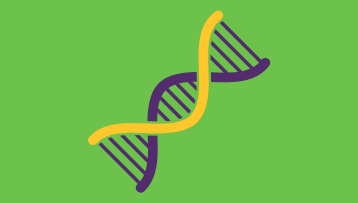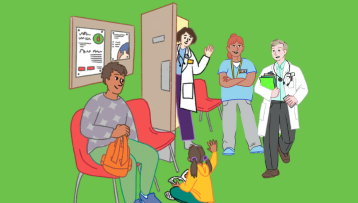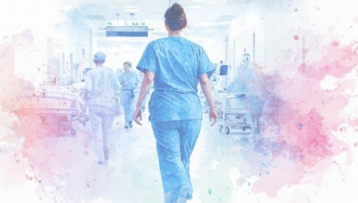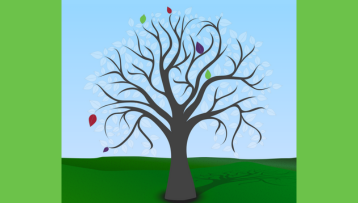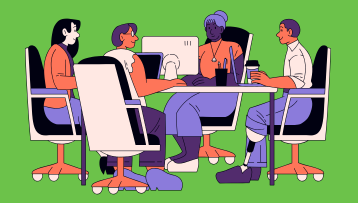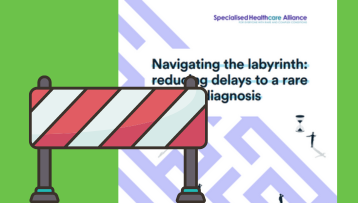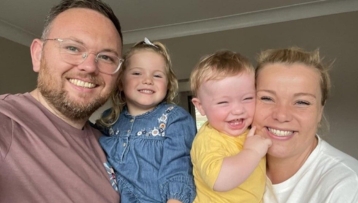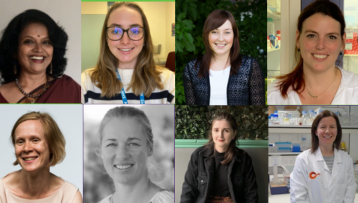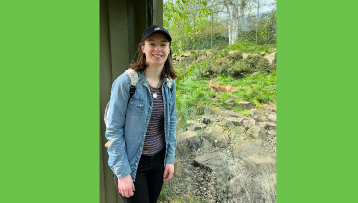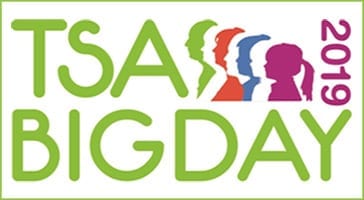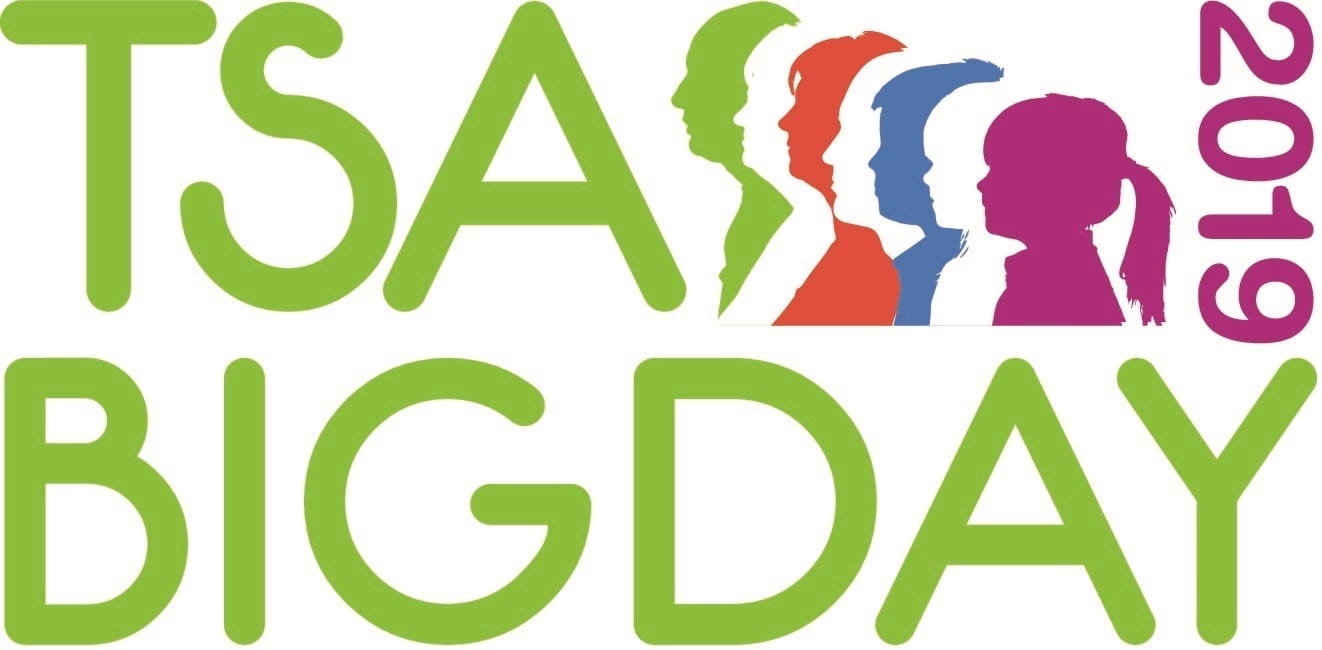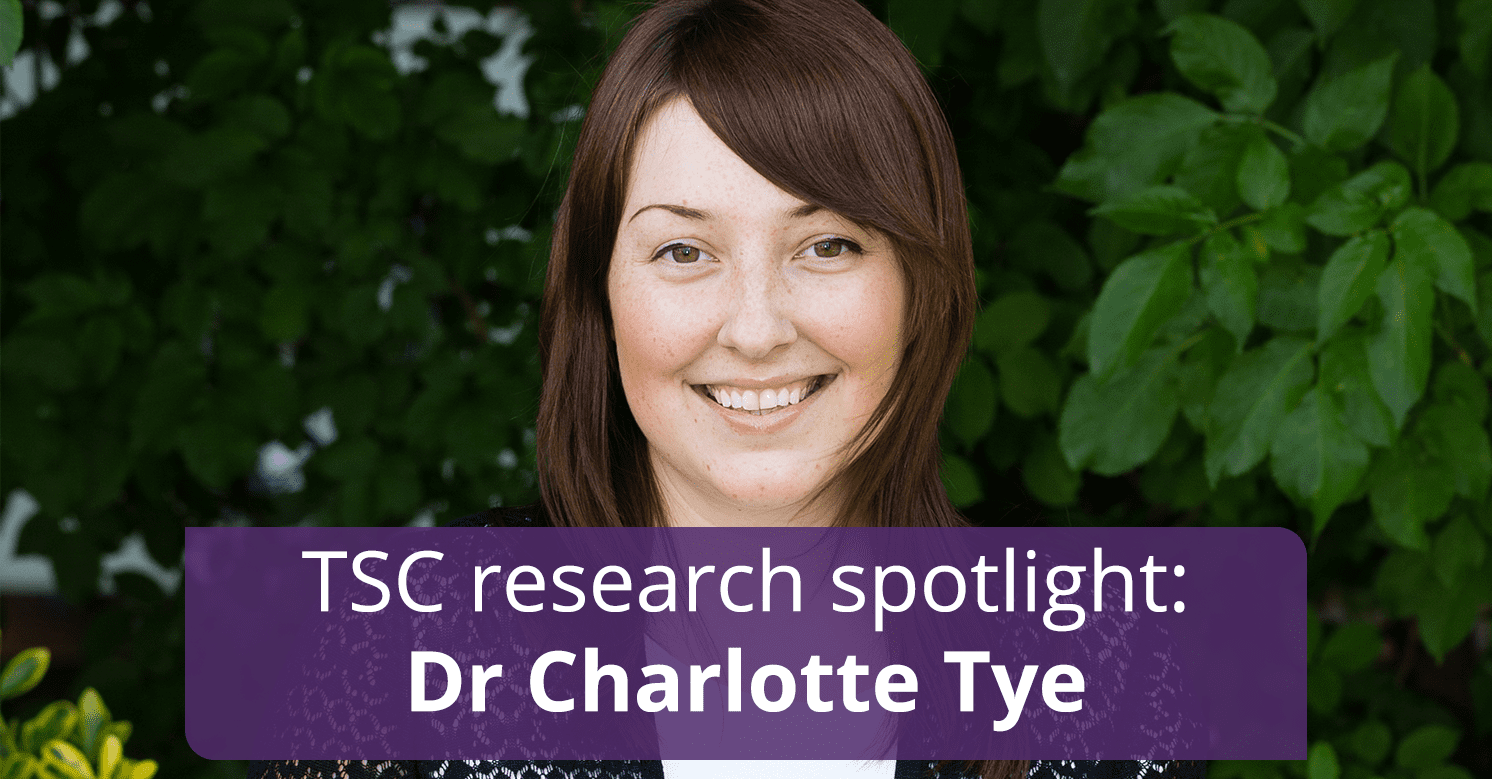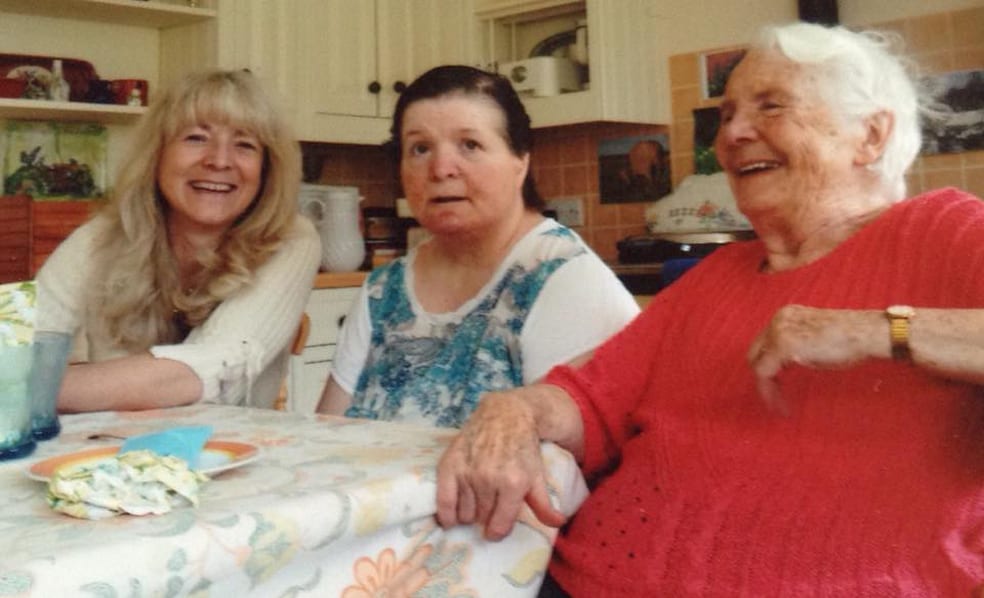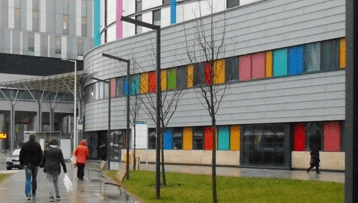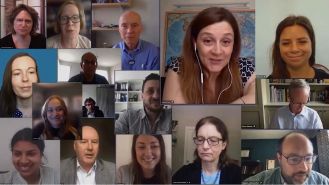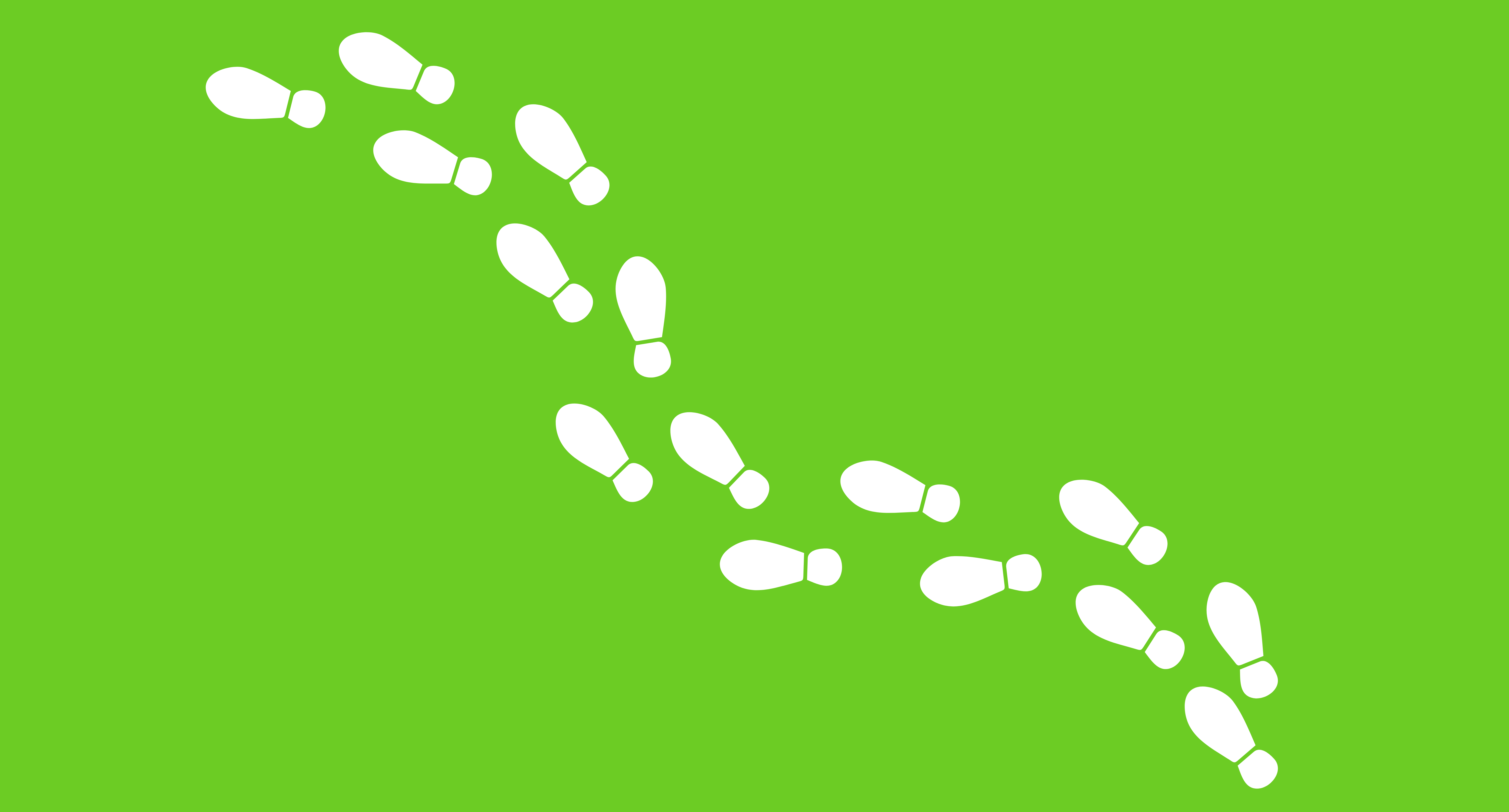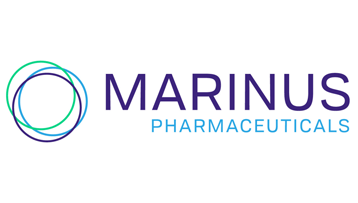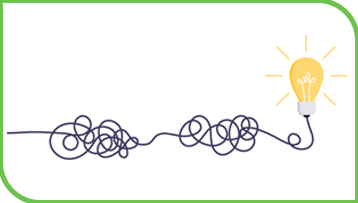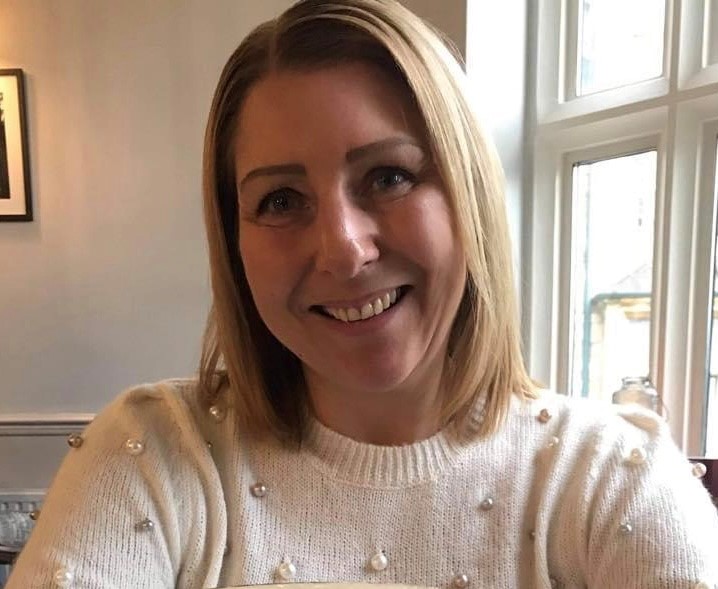Here are 31 Facts about TSC:
1. TSC is genetic disorder that causes tumors to form in vital organs.
2. It is estimated that TSC affects 1 in 6,000 births.
3. More than 1 million people worldwide have TSC.
4. TSC is the leading genetic cause of epilepsy and autism.
5. TSC is as common as Motor Neurone Disease (MND).
6. In TSC, there is no difference in the rates of autism spectrum disorder (ASD) or attention deficit hyperactivity disorder (ADHD) between males and females, as compared to the non-TSC population where there is a male predominance.
7. There is no cure for TSC.
8. Research into TSC may lead to better understanding of other diseases, like cancer, autism and epilepsy.
9. Seizures occur in up to 90 percent of people with TSC.
10. TSC affects everyone differently; some have very mild symptoms while others are severely impacted.
11. TSC shows no gender bias and occurs in all races and ethnic groups.
12. About 45 to 60 percent of people with TSC have intellectual disabilities including hyperactivity, developmental delay, autism or aggression.
13. Patient organisation-funded research led to the identification of two genes that cause TSC; these genes are called TSC1 and TSC2.
14. Current molecular testing for TSC identifies a TSC1 or TSC2 mutation in up to 85% of individuals with a definite diagnosis of TSC by clinical criteria.
15. Somewhere in the world, a child is born with TSC every 20 minutes.
16. The ultraviolet light of a Wood’s lamp improves detection of the hypomelanotic macules (white spots) observed in nearly all individuals with TSC.
17. Facial angiofibromas generally appear by age 5 years and affect up to 90% of individuals with TSC.
18. Very large mutations involving the TSC2 gene and adjacent PKD1 gene on chromosome 16p13 typically result in severe polycystic kidney disease during childhood.
19. Lymphangioleiomyomatosis (LAM) is the primary pulmonary feature of TSC occurring almost exclusively in females in up to 40% of those with TSC after puberty.
20. About 1/3 of the time, when a child is diagnosed with TSC, one of the parents also has TSC. The remaining 2/3 of diagnoses occur due to spontaneous mutation (we don’t know why).
21. If a parent is affected, his or her children have a 50% chance of inheriting the TSC gene.
22. If parents are unaffected, the chance of a sibling of someone diagnosed with TSC also having TSC is 1-2%.
23. Pre-implantation genetic diagnosis (PGD) is a technique that can detect the TSC mutation in embryos created through in vitro fertilization (IVF).
24. A naturally occurring substance derived from bacteria in the soil of Easter Island has led to development of promising treatments for some aspects of TSC.
25. Many infants with TSC are now diagnosed soon after birth thanks to prenatal identification of heart rhabdomyomas during routine ultrasound testing.
26. Dental pits occur in about 90% of people with TSC.
27. 98% of those diagnosed with TSC will experience one or more skin manifestations
28. 80% of those diagnosed with TSC will experience kidney problems due to TSC.
29. Infrequently, TSC can also lead to the formation of fibroids or tumors in the pancreas, bone, and liver.
30. Children identified with TSC as babies should be closely monitored for the need of early interventional services.
31. Communication between a child’s medical professionals and his/her school about TSC will improve outcomes for the child.












